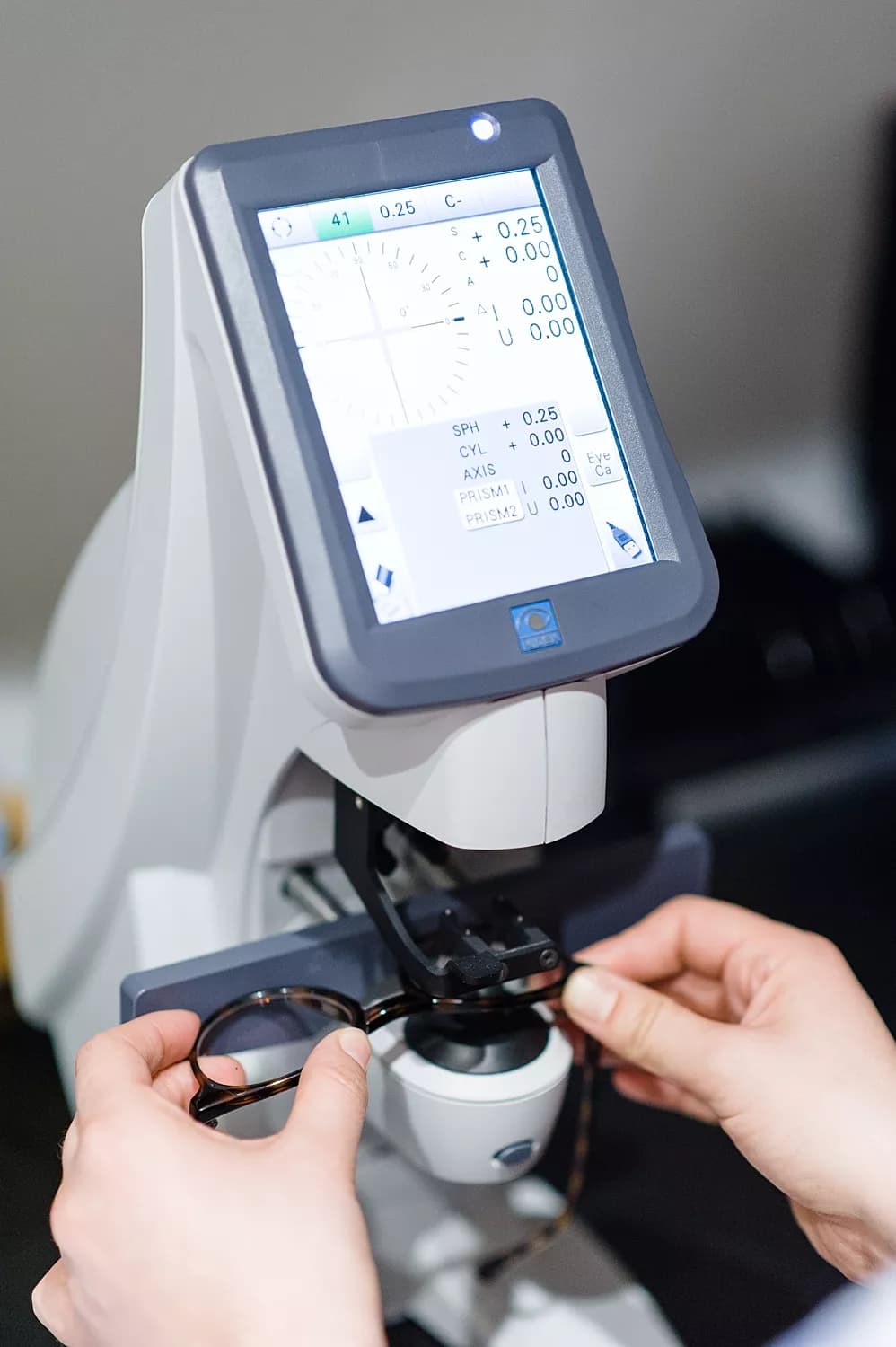- VOLUME 10: GLASSES FOR ASTIGMATISM
VOLUME 10: GLASSES FOR ASTIGMATISM
Monday, 17 April 2023Do You Need Them?
Astigmatism is a prevalent eye condition that leads to blurred vision. It results from the irregular shape of the cornea or lens in the eye, which prevents proper light focusing on the retina. If you have astigmatism, you may wonder whether you require glasses to correct your vision. In this article, we will explore whether glasses for astigmatism are necessary and how they can improve your eyesight.
Understanding Astigmatism
Astigmatism affects the shape of the eye, particularly the cornea or lens. Rather than being round or spherical like a basketball, the cornea or lens may resemble a football. This abnormality can create two types of blur, a vertical and a horizontal one, making it difficult to see clearly.
Astigmatism is quite common and can affect people of all ages. It may be present from birth or develop later in life. Some common symptoms of astigmatism include blurred vision, eye strain, headaches, and difficulty seeing at night.
How Glasses Help Astigmatism
If you have astigmatism, your eye doctor may prescribe glasses to correct your vision. Unlike regular glasses, glasses for astigmatism have a unique prescription that fixes the irregular shape of the cornea or lens in your eye.
Glasses designed for astigmatism work by bending light entering your eyes in a particular way to focus on the retina at the back of the eye. This correction enhances your vision, reduces eye strain, and alleviates headaches.
When you receive a prescription for glasses for astigmatism, your eye doctor will give you a prescription that will include a measurement of your astigmatism. This measurement will usually be in two numbers called "cylinder" and "axis." The cylinder indicates the amount of correction you need, while the axis indicates where the correction should be positioned in the glasses.
Getting New Glasses for Astigmatism Correction
If you have been diagnosed with astigmatism and are getting new glasses, several considerations should be taken into account. Firstly, it is essential to understand the different types of lenses available. One possibility is toric lenses, which have a different shape than regular lenses and are designed for astigmatism correction. Additionally, you may want to consider getting anti-glare coating on your lenses to reduce glare and improve clarity.
As such, if you are experiencing symptoms of astigmatism, such as blurred or distorted vision, it's essential to make an appointment with your eye doctor or optometrist as soon as possible.
They will help evaluate the best course of treatment to fit your specific needs. Moreover,it is crucial to ensure that your vision is regularly tested, especially if you are experiencing mild astigmatism. This will help in early detection and prevention of vision issues that may affect your daily life.
Don’t let astigmatism hinder your daily life—improving your visual clarity is within reach. Make it a priority to visit your eye doctor or optometrist to get started on the journey to clearer, brighter vision.

